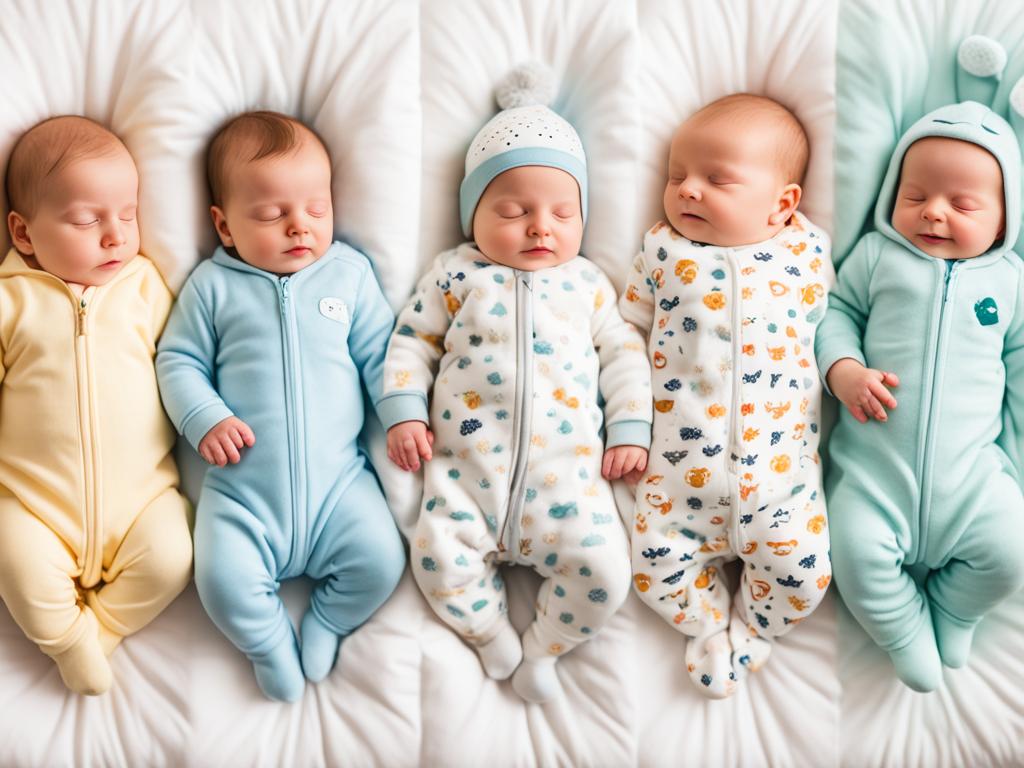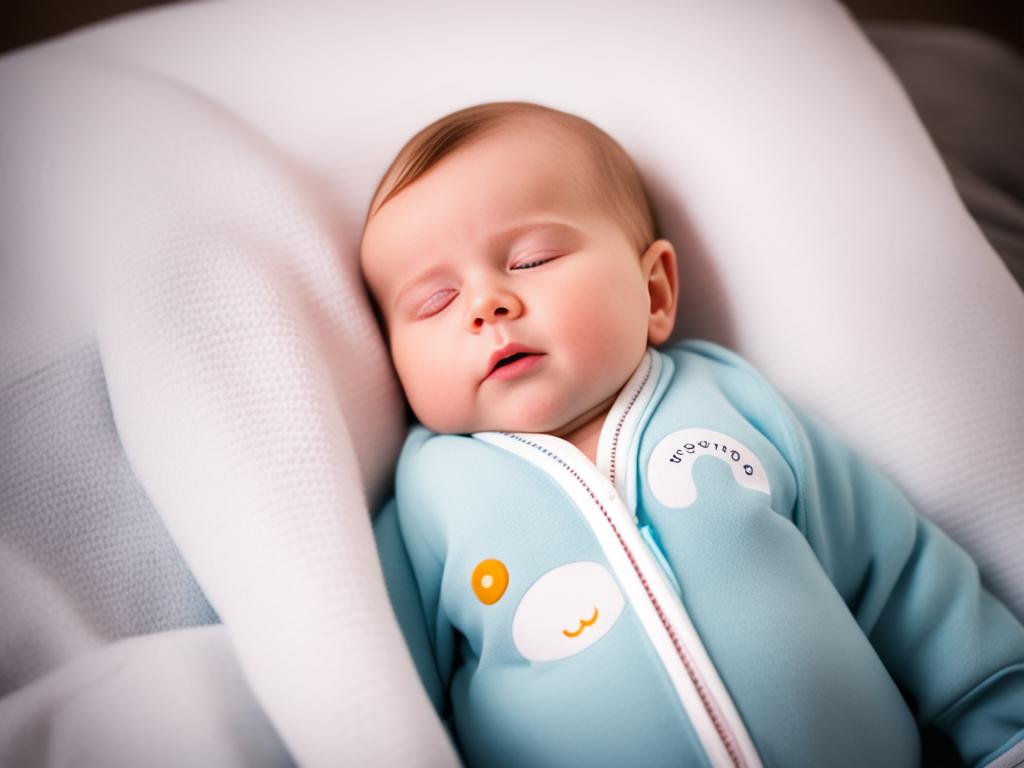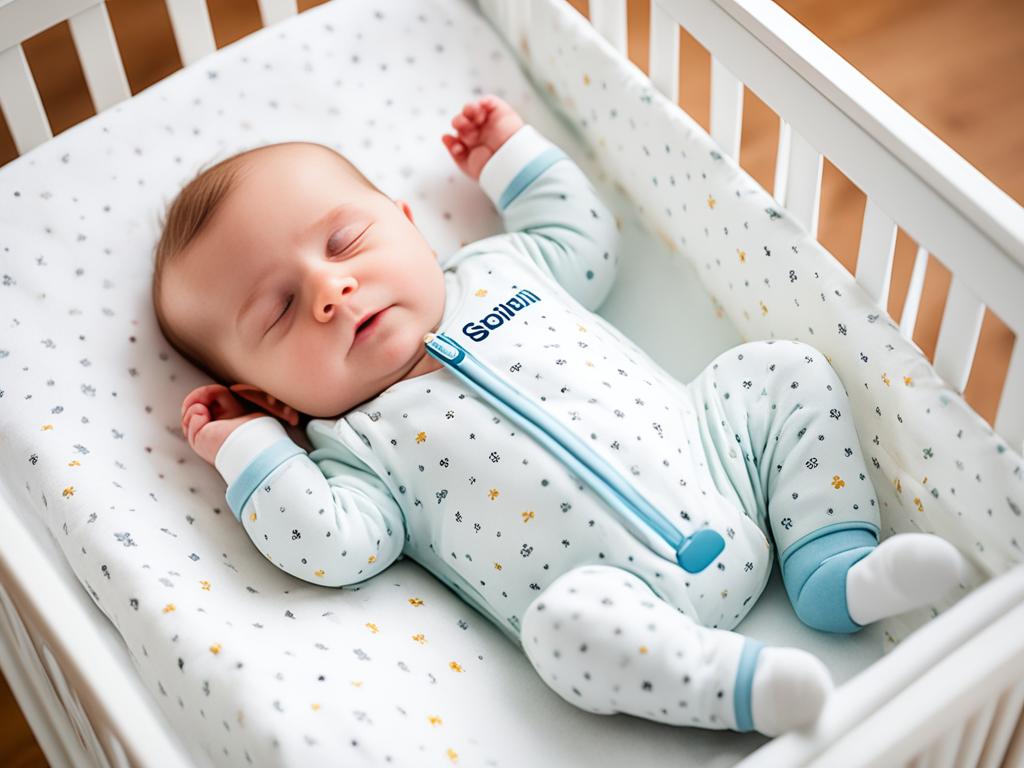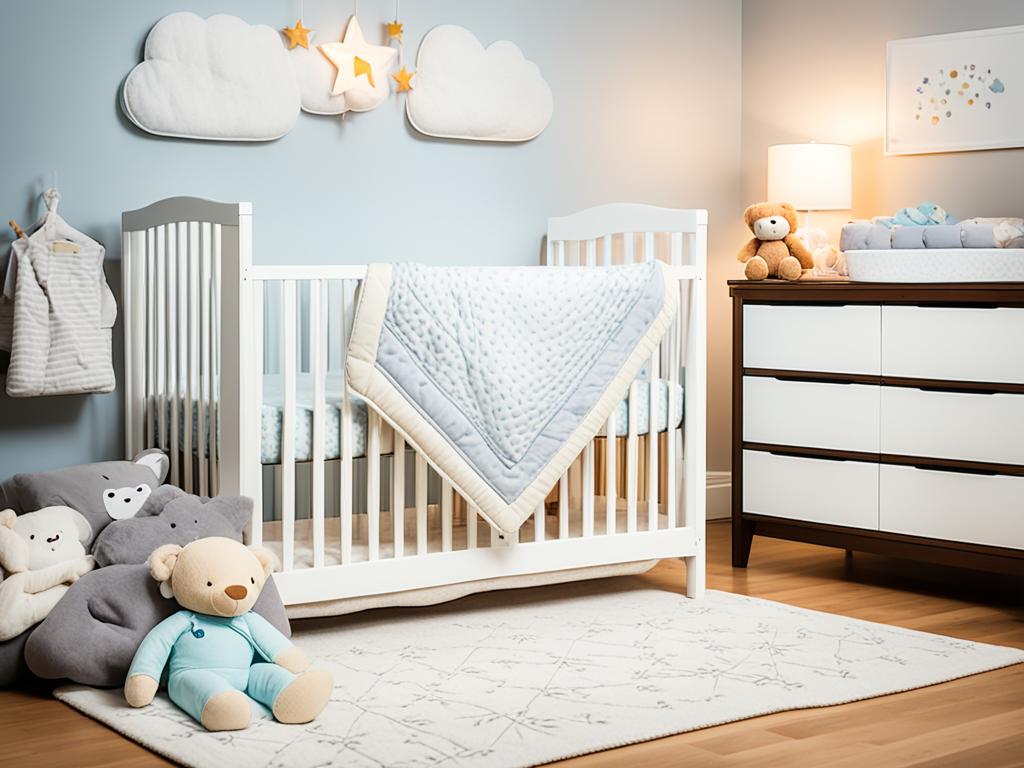When it comes to dressing your baby for sleep, it’s not just about their comfort, but also their safety. But how do you strike the right balance? Should you layer them up or keep it light? And what about those cute blankets? Are they safe or should you leave them out?
We will walk you through the essentials of dressing your baby for sleep and provide you with valuable tips to ensure a safe and comfortable bedtime routine. From understanding the appropriate sleepwear to adjusting it for different seasons, we’ve got you covered.
So, let’s dive in and discover the best practices for dressing your little one for a good night’s sleep.
Key Takeaways
- Choosing the right sleepwear is crucial for your baby’s comfort and safety.
- Layering is the key to adjusting the temperature for your baby’s sleep environment.
- Avoid covering your baby with blankets in the crib to prevent suffocation risks.
- Using lightweight and breathable clothing, such as onesies and sleep sacks, is recommended for sleepwear.
- Follow safe sleeping recommendations to create a secure sleep environment for your little one.
How to Dress a Baby for Sleep?
What to Consider When Dressing a Baby for Sleep?
When it comes to dressing your baby for sleep, there are a few important factors to consider. The temperature of the room plays a crucial role in determining the type of sleepwear your little one should be wearing. It’s always a good idea to dress your baby in one additional layer than what you would wear to stay warm.
Over-bundling can lead to overheating, so it’s essential to avoid heavy clothing or blankets in the crib. Opt for lightweight and breathable options such as onesies or sleep sacks, which help your baby maintain a comfortable body temperature while reducing the risk of suffocation.
Monitoring your baby’s temperature is key to ensuring their comfort throughout the night. Keeping an eye out for signs of overheating, such as sweating or flushed skin, can help you make necessary adjustments to their sleep attire.
On the other hand, be attentive to signs of coldness, such as cool to the touch or bluish extremities. Dressing your baby in appropriate sleepwear not only protects their safety but also contributes to a restful night’s sleep.
Dressing Newborns for Bedtime
When it comes to dressing newborns for bedtime, it’s important to keep in mind their delicate and sensitive skin. Choosing sleepwear made from soft, breathable fabrics like cotton can help prevent irritation and discomfort. Opt for onesies or footed pajamas that provide warmth without overheating.
| Recommendations for dressing newborns for bedtime: |
|---|
| Choose sleepwear made from soft, breathable fabrics like cotton. |
| Opt for onesies or footed pajamas to keep your baby warm. |
| Avoid sleepwear with loose buttons or strings that can be a choking hazard. |
| Ensure the sleepwear fits snugly but still allows for movement and comfort. |
| Keep the baby’s head uncovered to reduce the risk of overheating. |
Dressing a Baby for Sleep in Different Seasons

Dressing a baby for sleep is crucial for their comfort and safety. As the seasons change, it’s important to adjust their sleepwear accordingly to ensure they are neither too hot nor too cold.
Winter Sleepwear
In winter, it’s essential to keep your baby warm during sleep while avoiding overheating. Layering their clothing is key to providing adequate warmth without causing discomfort. Here’s a suggested winter sleepwear routine:
| Sleepwear | Recommended Clothing |
|---|---|
| Base Layer | Warm pajamas |
| Middle Layer | Sleep sack or swaddle |
| Outer Layer | Lightweight blanket (optional) |
It’s important to note that heavy blankets should be avoided, as they can pose a suffocation hazard. Additionally, ensure that your baby’s head is not covered to prevent overheating and enhance breathability. Regularly monitor the temperature of the room and adjust their sleepwear accordingly.
Summer Sleepwear
During the summer months, it’s vital to dress your baby in lightweight, breathable clothing to help keep them cool and comfortable. Here’s a suggested summer sleepwear routine:
| Sleepwear | Recommended Clothing |
|---|---|
| Base Layer | Lightweight onesies or bodysuits |
| Middle Layer | Sleep sack for added comfort |
Using a sleep sack instead of a blanket can help ensure your baby stays at a comfortable temperature throughout the night. Remember to adjust the clothing based on the temperature of the room, opting for lighter fabrics and removing unnecessary layers if it gets too warm.
By following these guidelines, you can dress your baby appropriately for sleep in every season. Remember to consider the temperature of the room, use breathable materials, and avoid covering their head or using heavy blankets. Prioritizing your baby’s comfort while sleeping contributes to their overall well-being.
Dressing a Baby for Sleep with Fever

When a baby has a fever, it’s crucial to dress them appropriately to ensure their comfort and help regulate their body temperature. Here are some tips on how to dress a baby for sleep with a fever:
Choose Lightweight and Breathable Clothing
Opt for loose-fitting onesies or pajamas made from natural fibers like cotton. These materials allow for proper ventilation and prevent overheating. By using lightweight clothing, you can help your baby maintain a comfortable body temperature during sleep.
Avoid Heavy Blankets
When your baby has a fever, it’s important to avoid using heavy blankets or layers that may cause them to overheat. Instead, focus on dressing them in comfortable sleepwear that provides warmth without excessive insulation.
Monitor Temperature and Consult a Pediatrician
Regularly monitor your baby’s temperature during sleep and make adjustments accordingly. If you have concerns about their comfort level or the appropriate sleepwear, don’t hesitate to consult with a pediatrician for guidance.
Safe Sleeping Recommendations for Babies

To ensure the safety of your sleeping baby, it’s important to follow these dos and don’ts:
| DO | DON’T |
|---|---|
| Place your baby on their back to sleep. | Co-sleep with your baby in the same bed. |
| Use a firm and flat sleep surface. | |
| Keep the crib free of blankets, pillows, and stuffed animals. | |
| Ensure the sleepwear fits snugly. |
Creating a safe sleep environment is crucial for the well-being of your baby. Remember to always prioritize their safety, even when it comes to choosing the right sleepwear.

